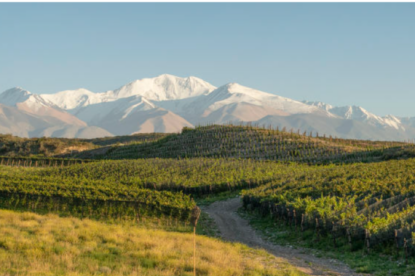
From a marketing perspective, the wine co-operative, oft truncated to co-op, lacks the Hollywood-worthy storyline of the lone winemaker, toiling away in a cellar, turning out hand-crafted showstoppers. Yet co-ops are far from dull; indeed, they’re the ultimate team sport, sharing in resources, working in tandem to ensure everyone wins while grounded in sustainable practices. There’s no better example of the power of the co-operative than in northeast Italy’s Alto Adige.
In general, a wine co-op is an enterprise that is collectively owned by regionally-tied wine growers for mutual benefit. Members of the co-op share economies of scale to produce, bottle, store, market and sell wines made from members’ grapes. You scratch my back, I’ll scratch yours.
The wine farming community in Alto Adige is fragmented into five thousand winegrowers. Co-ops simply make sense. They are an important pillar of the social structure and a significant economic engine for the region. Cooperatives include many winegrowers with different farm sizes, though the average size is 2.5 acres.
Nearly forty million bottles of wine are produced every year in Alto Adige; around 74% of production derives from co-ops which comprise 8233 acres of land. Yet quality is high – 98% of wines merit DOC status. Running a small-scale farm lets the grower focus on fruit rather than production and sales.
Twelve cooperatives are part of the Association for Cooperatives. The association enables the cooperatives to represent the growers’ interests, while promoting visibility and competing on their members’ behalf. They support and improve the economic and social conditions for almost 3,300 members and their families.
Additionally, co-ops are typically organized by town. Why? Terroir is the tie that binds. Differences in climate, slope and exposure dictate where grapes grow best and how they manifest as a wine.
As stakeholders in their own success, held responsible for their neighbors’ outcome, with a mission towards high-quality, sustainable, terroir-driven production, it would seem Alto Adige’s co-ops have the trappings of a box office hit.
Learn more about Alto Adige >>

Last Updated: May 5, 2023













